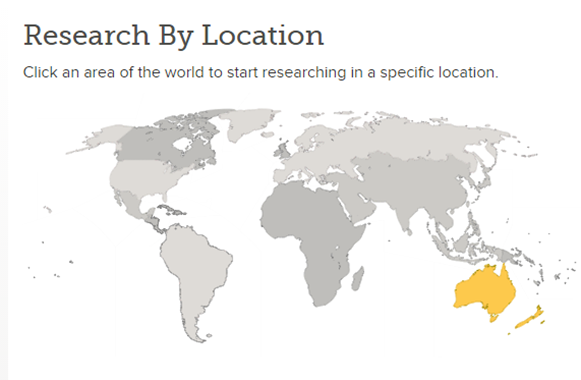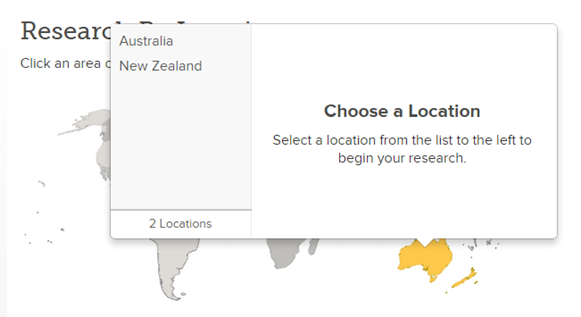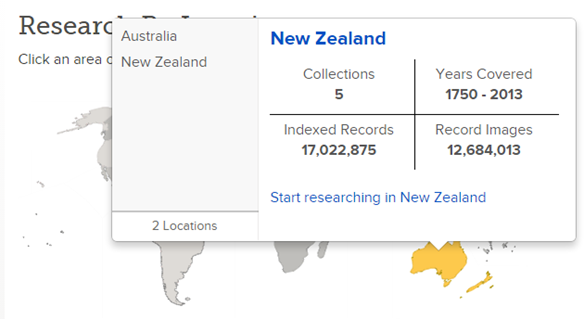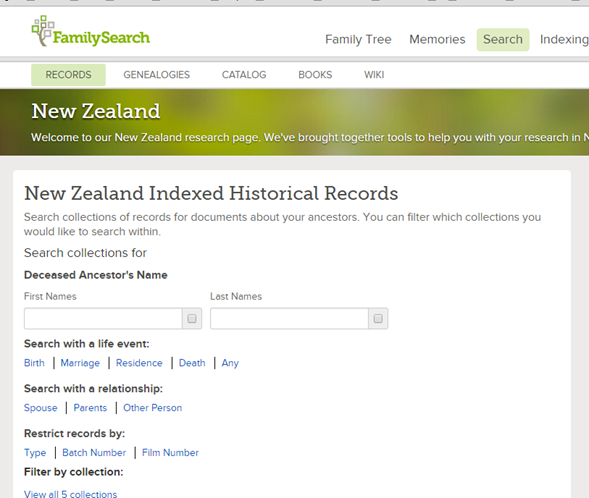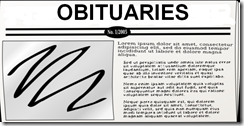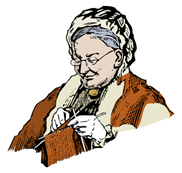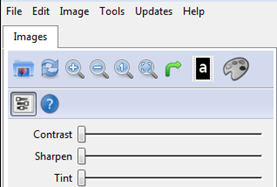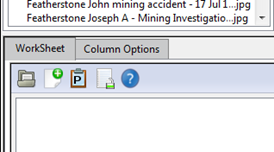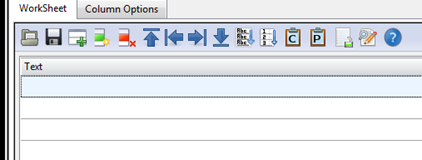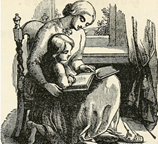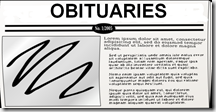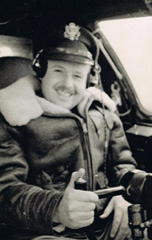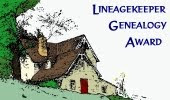I traveled thousands of miles to find ancestral records and explore their home
In my case, I lucked out. When searching for photos of Plymouth, Massachusetts to accompany my verbal tales, I found a distant cousin or cousin-in-law who is a scenic photographer specializing in the scenes in Plymouth and the surrounding area. Better yet, Janice Drew posts her photos online for sale and she is a master of social sites and online marketing, so the breadth of her collections cover the location scenes that I lost.
Let’s take a tour of some of those scenes through the words from my mind and the camera of Janice.
Plymouth Rock
Many of my ancestors arrived in America aboard the Mayflower, so of course one of our first stops was at Plymouth Rock.
Of course we had to stop by the replica Mayflower boat and go aboard.
We stopped by the Mayflower Society Library just up the hill and was warmly greeted by the staff. There were many books on the shelves that further proved my Mayflower lines. Several other visitors stopped by and within minutes I found that every one of them was my distant cousin. That must be a common occurrence at that library.
Burial Hill was the next stop for the day. I knew that it would take hours to find all of the graves of my ancestors. I hadn’t anticipated how long I would spend at each tombstone taking photos, reading inscriptions and listening to the echos from the past as I looked out over Plymouth Bay.
One of the buildings in view adjacent to the cemetery was First Church, where grandpa Atwood preached and served.
When stretching my legs after kneeling by grandpa Drew’s tombstone, I turned to my left and saw grandpa Bradford’s marker.
If you too have relatives buried on Burial Hill, I highly recommend taking time to visit their graves and to also sit and listen to the breezes of history that float over that locale.
The next morning we again started our day near Plymouth Rock. A stroll along the Town Brook path in Brewster Gardens was in order knowing that my ancestors had walked the ground.
Walking through the bridge and continuing up hill, we soon exited to find Pleasant Street and the home of my Drew ancestors at number 51. Arriving at Training Green, we could see the white frame home as seen in the bottom right corner of this photo.
After taking photos of the home, we continued back up hill to the ‘new’ incarnation of grandpa Jenney’s Grist Mill.
We walked back down hill on Leyden Street to get to our car.
We drove north and then back to the south to get near the Plymouth Light House location where grandpa Churchill commanded a small group of men during the Revolutionary War.
The remainder of our stay in Plymouth was spent finding additional ancestral records, exploring the Oak Grove Cemetery to find more graves and of course at the Plimouth Plantation.
All of the photos were lost. The loss of the tombstone images hurt the most because of their value to me both as sources and as tokens that evoked extensive memories in my mind my quiet time in the cemeteries.
Since that time, I’ve found an undeveloped roll of film that contained images of some of the tombstones. The film camera I had with me was old and inexpensive and the images reflect its lineage, but at least I have the photos. It is too bad that the digital media with me wasn’t as hardy as the film.
Thanks to Janice, many of my memories of Plymouth are available online to view or buy.
Have you been similarly blessed by photographers who have captured images of locations associated with your ancestors?
Posted 21 Dec 2014 by Lee R. Drew on Lineagekeeper’s Genealogy Blog



